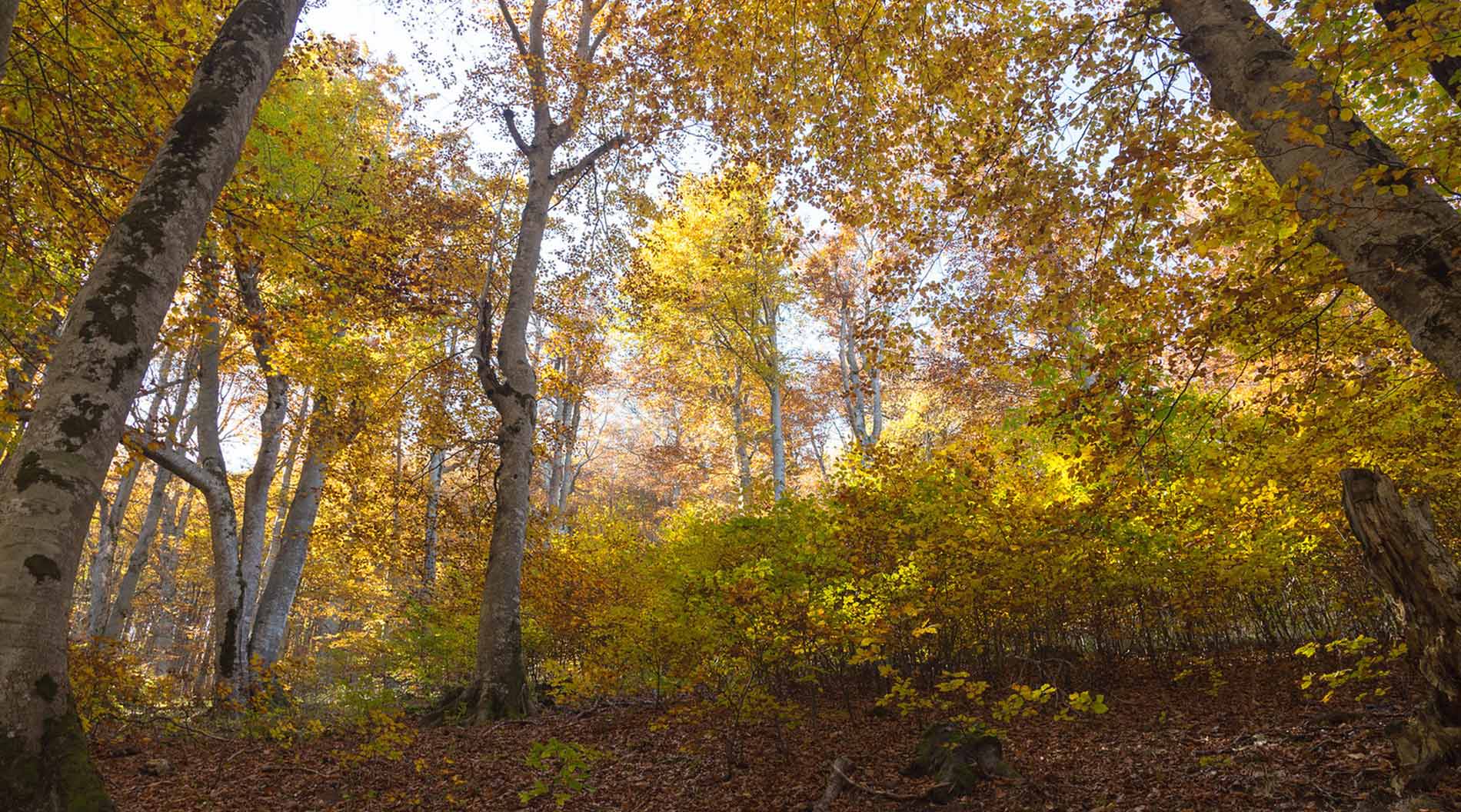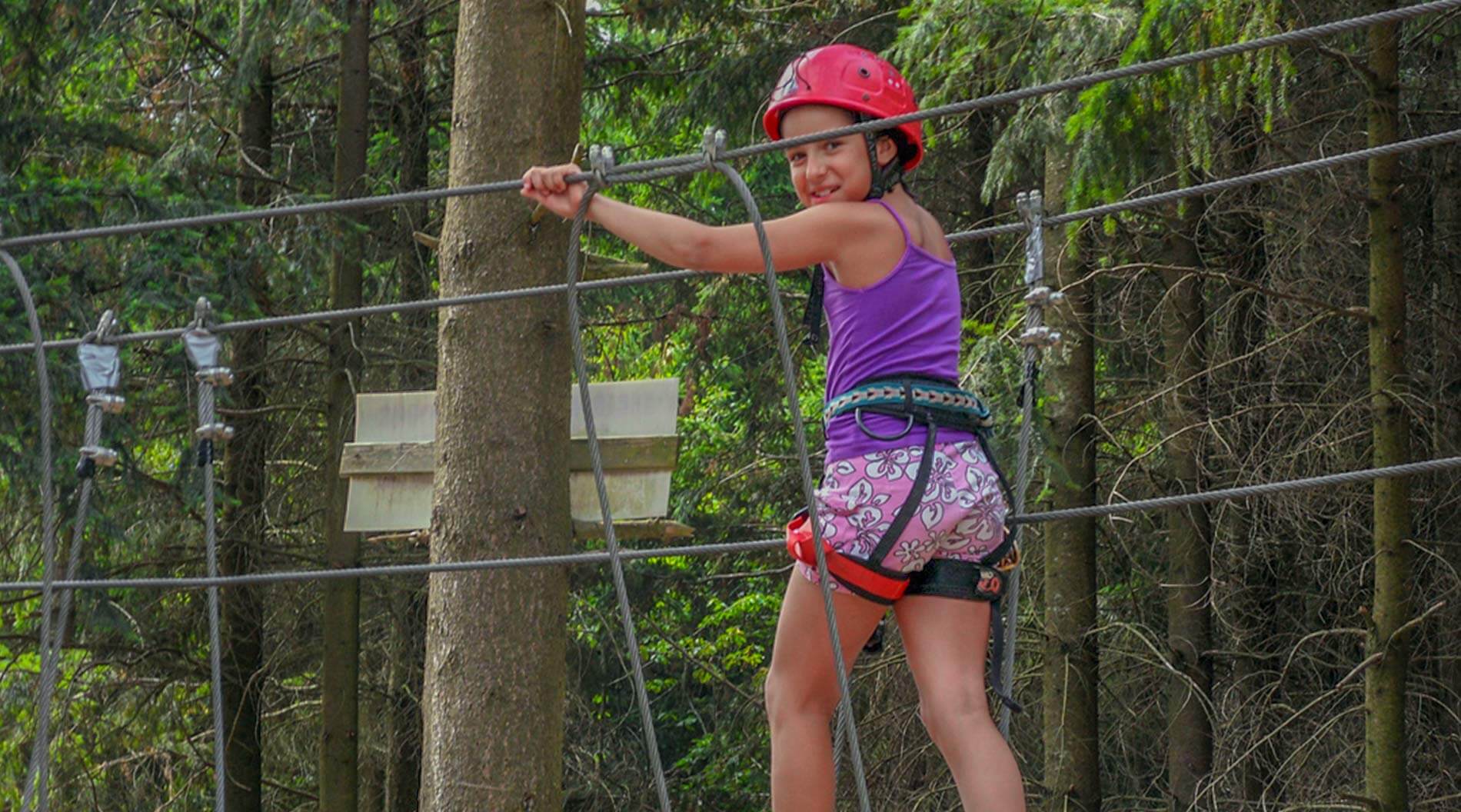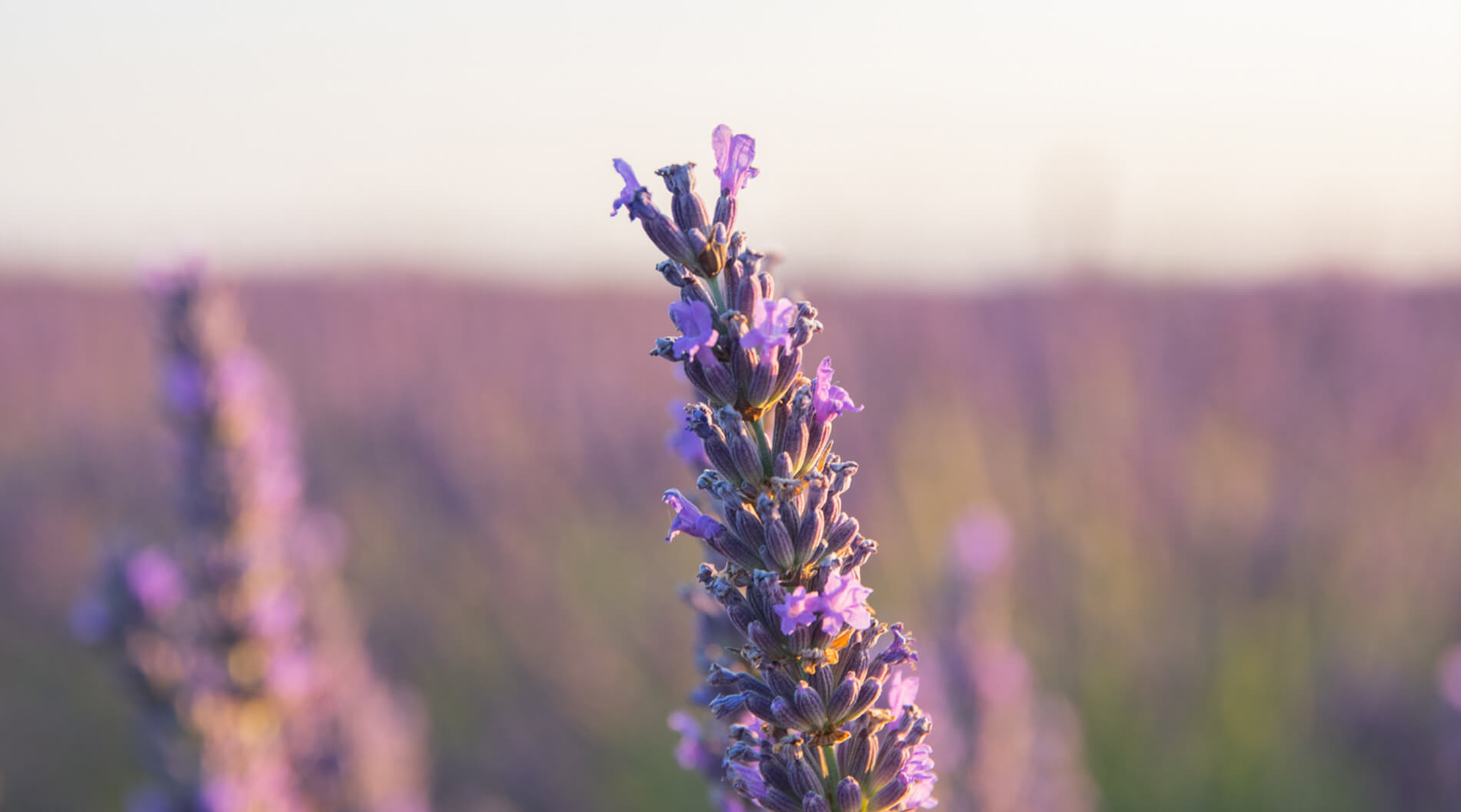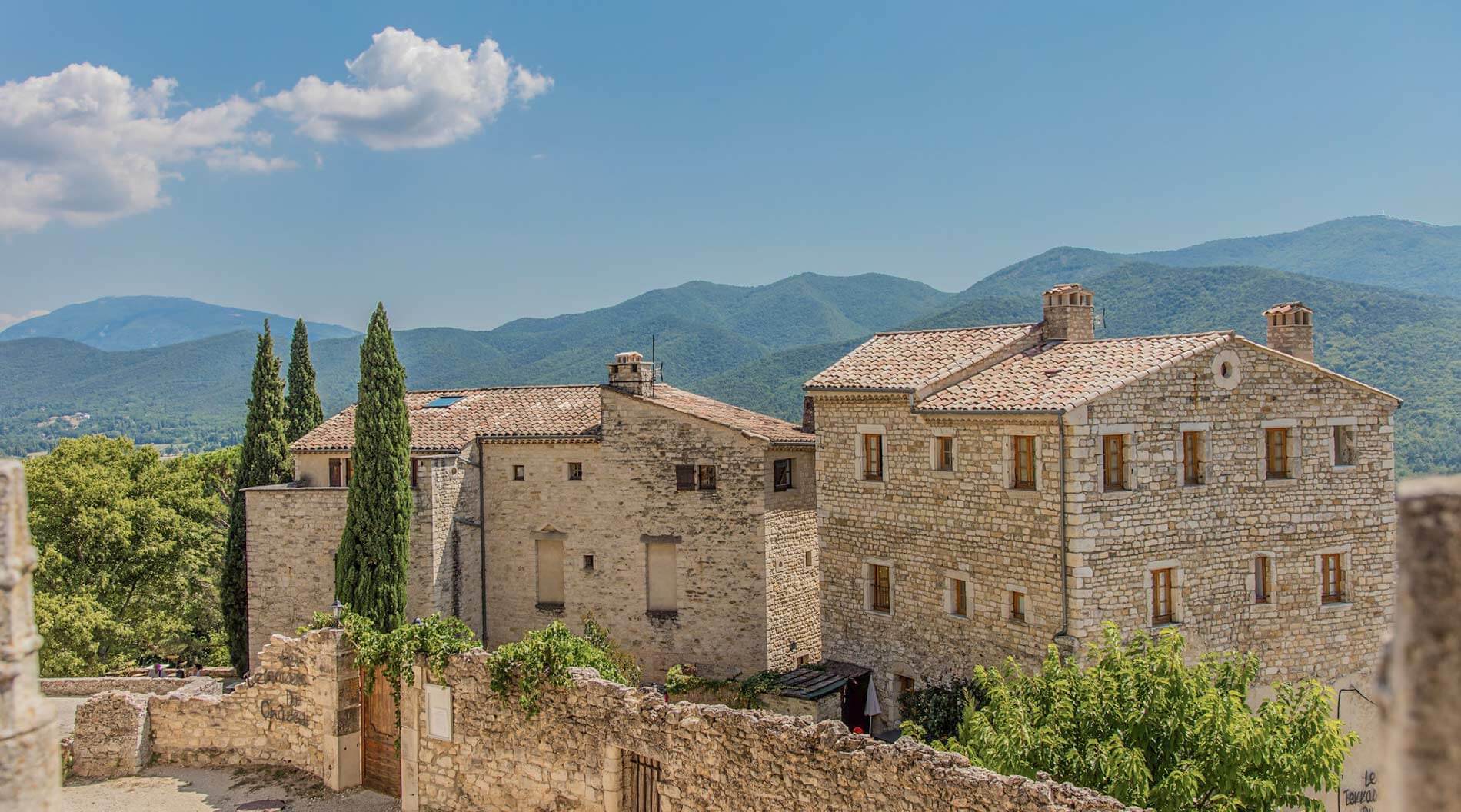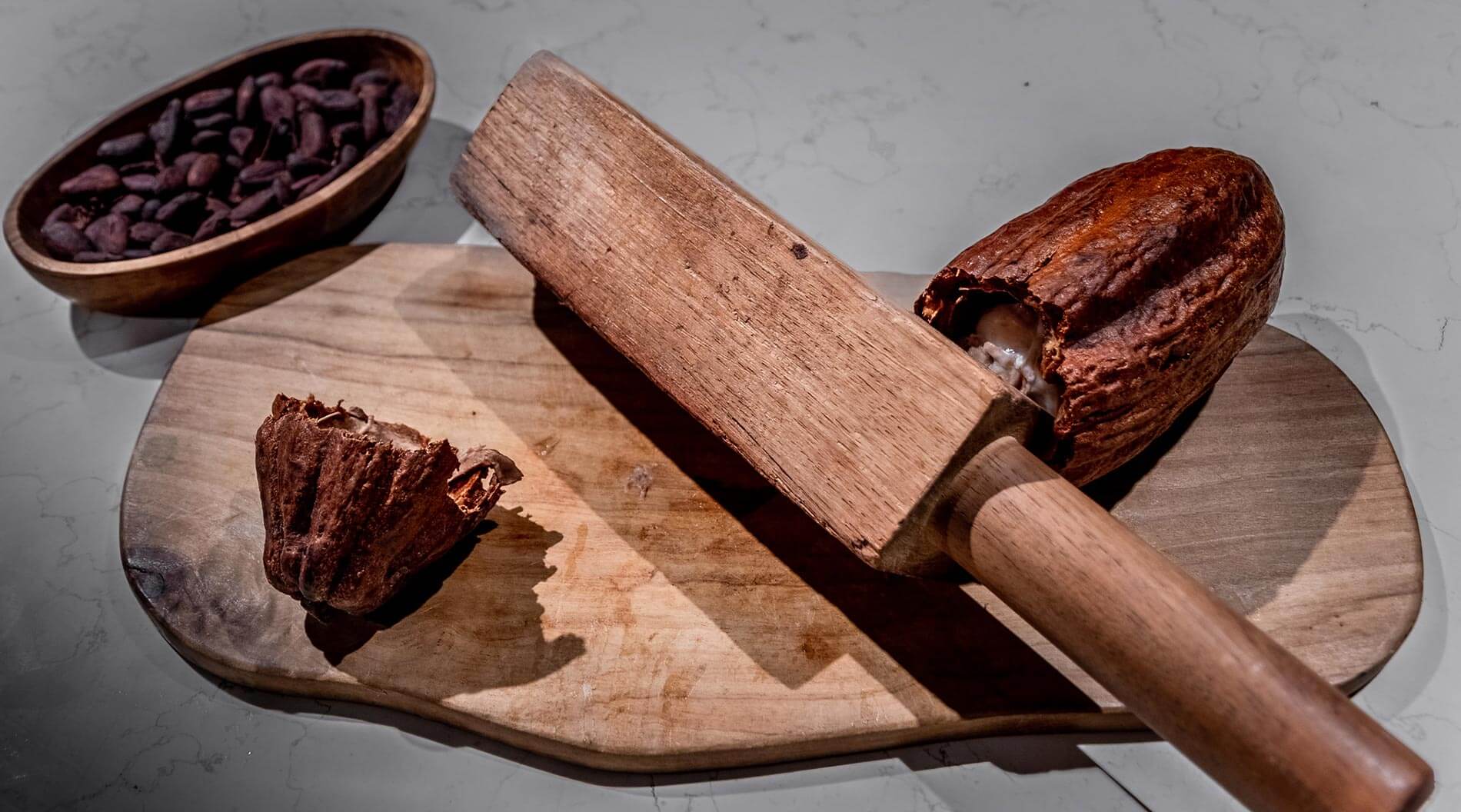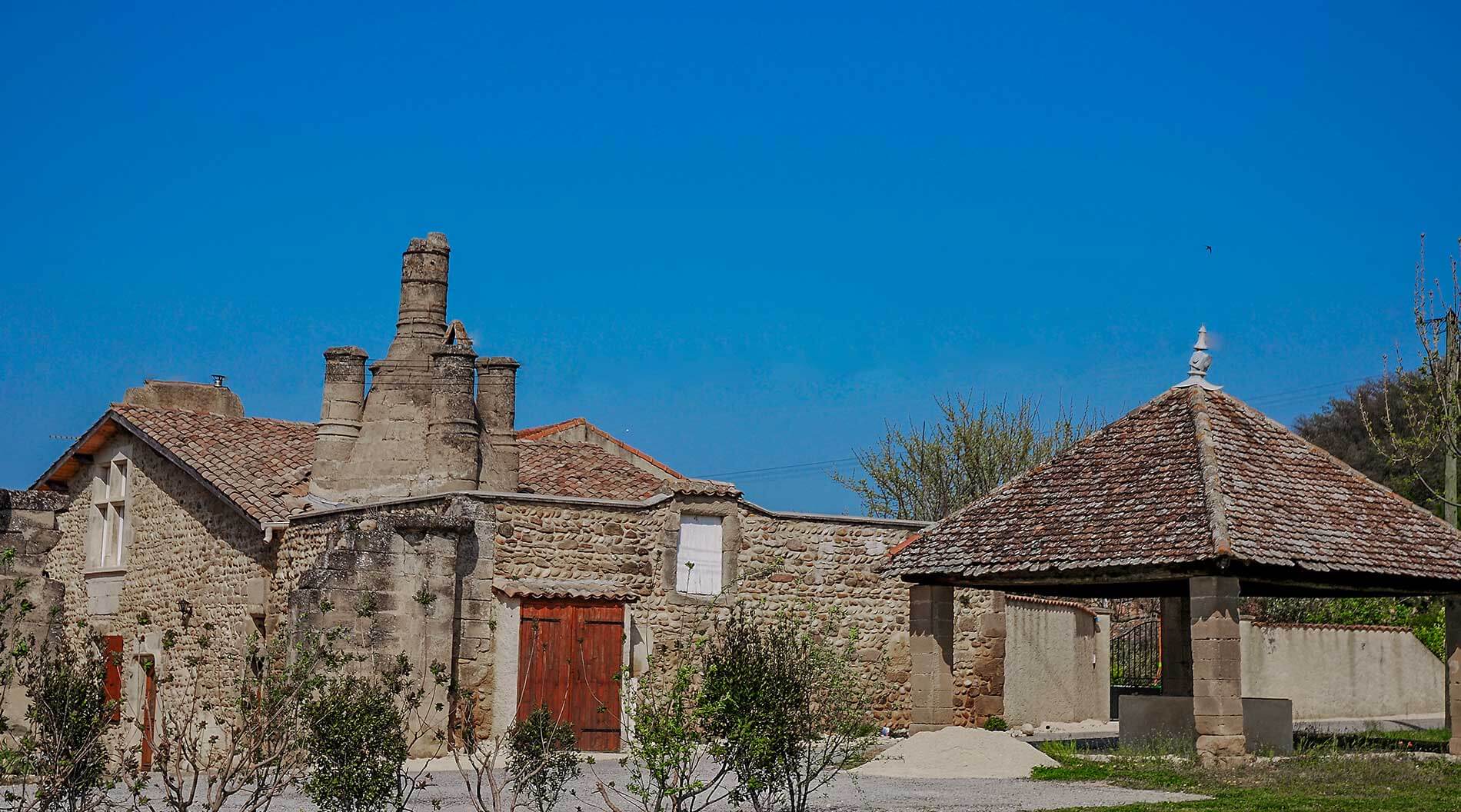Back to nature: the French Vercors
For all those who love hiking, enjoy fresh alpine air, and dream of conquering new heights, the Vercors is an absolute must-see during your camping holidays in the Drome.
Varied Landscapes
Start from Grenoble or Valence, and head to the legendary massif, situated between the valleys of the Drôme and Isère, in the French Rhône Alpes. The Vercors is famous for its varied landscapes, dramatic passages, deep caves, and lush forests. With its vast uninhabited areas and picturesque medieval villages, the Vercours is not only a natural wonder, but also a unique cultural hub with its traditions of foresting, gardening and logging preserved through generations. For instance, logging here is done by the old and sustainable method of the so-called *gardened foresting*, meaning that trees are cut selectively every few years.
A place of history
From the Roman times (the very word “Vercors” derives from the name of a Celtic tribe who inhabited the region during the Roman invasion) up until nowadays, the area has remained comparatively isolated and self-sufficient. Unsurprisingly, during the World War II the solitary cliffs and caves provided natural shelter to the partisans fighting for the French Resistance. A number of villages in the Vercors were formed in the Middle Ages – and every now and then you will still see a 13th century chapel or an 11th century church.
A Regional Natural Park
The Vercors got its current status of a Regional Natural Park in the 1970s. The spectacular Park covers the enormous area of 205,000 hectares and consists of 85 municipalities. Its most peculiar part is the 17,000-hectare Vercors High Plateaus Natural Reserve which is the largest land-based metropolitan area in France. Here, you might get a glimpse of truly unspoiled nature: the Reserve sits in the heart of wilderness, and you won’t find any permanent settlements or paved roads here.
A 2,341 meter-high massif
The highest point of the massif is the 2,341 meter-high Grand Veymont. Head here for a mind-blowing encounter with the local nature: deers and marmots, black grouse and golden eagles can be found here. The flora is a delightful mixture of the alpine and the typical valley vegetation: come here in spring to fully enjoy it. As you hike through the Reserve, you might come across a number of rare species: the wild tulips, lady slippers orchids and the endangered edelweiss. In the forests and valleys you will also find the more common, but not less impressive florals, like great gentian, alpine gentian, alpine linaria, saxifrage and narcissus.
Ideal place for hikers and climbers
Indulge in hiking and climbing: here you can take to established routes and cross the Reserve from east to west. One has to remember, however, to stock up on water, especially in summer when the mountain springs dry out. Also, keep in mind that here you might need to stay in unmanned lodgings with no running water or electricity, but only equipped with wooden stoves. The bravest ones might try and conquer the region’s famous vertiginous roads. Get ready for your journey into the wild!
